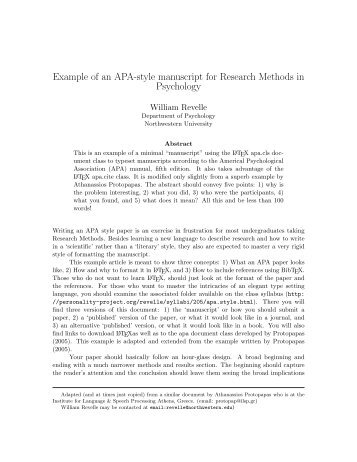

chapters, sections, subheadings), make sure your presentation makes clear which type of heading each one is.Īll headings of one level should be presented the same way, and higher-level headings should stand out more from the text. If you use different levels of heading (e.g. The title page should not have a page number, but should be included in the page count – in other words, the page numbering starts on page 2. Each new piece of information appears on a new line. If you have a subtitle, the main title ends with a colon and the subtitle appears on the following line, also in bold and the same size as the main title.Ībout ⅔ of the way down the page, add any information your instructor requests you to include – your name, student code, the course name and code, the date, etc. The title should appear about ⅓ of the way down the page, in headline capitalization and in bold.
Manuscript format example how to#
Page numbers can be placed either in the top right or the bottom center of the page – one or the other, not both.Ī title page isn’t required in Chicago style-often it’s sufficient to just include your title at the top of the first page-but if you’re asked to include one, Turabian provides guidelines for how to present it.Īll text on the title page should be center-aligned and double-spaced, and written in the same font as the rest of your text. Text should be left-aligned and not “justified” (meaning that the right margin should look ragged). The main text should be double-spaced, and each new paragraph should begin with a ½ inch indent. Use margins of at least 1 inch on all sides of the page.

Frequently asked questions about Chicago formatĬhicago doesn’t require a specific font or font size, but recommends using something simple and readable (e.g.


 0 kommentar(er)
0 kommentar(er)
